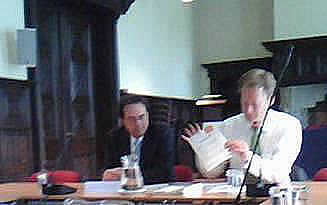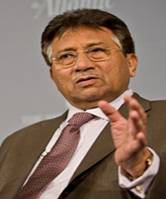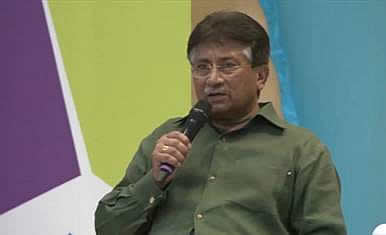The third and most optimistic scenario, “reform,” sees a growing middle class fostering a centrist, economically oriented political movement. A political party born out of this movement then serves to displace much of the power currently held by political and military elites.
While the third scenario may be the least likely to occur, Oppenheimer said, “it is sufficiently plausible for the U.S. to try to work toward that scenario, in part because the other two … involve significant risks and damage to American interests and American security.”
Chaudhary argued that balkanization in Pakistan was unlikely. She maintained that Pakistan should instead be expected to “muddle through” current challenges. The first and third scenarios, both of which heavily rely upon the democratic process, would seem to support her view that Pakistan’s military, media, political parties and religious organizations are an example of “democracy at its best and at its worst.”
Najam Abbas, a senior fellow at the EastWest Institute who called in from London, commented that the situation requires a “macro-layer of analysis to probe the implications of Pakistan's 64-year-long [history of] a chaotic polity and shaky economy,” and aspects that “lead us to triggers that perpetuated strong individuals but weaker institutions.”
EWI Board Member Ikram Sehgal, speaking from Pakistan where he is chairman of a private security company, said pervasive corruption in Pakistan’s institutions was “the most important issue to the people of Pakistan” and a major cause of current instability.
German Ambassador calling in from Brussels, argued that corruption in Pakistan was in fact “a symptom of poor governance, not a cause.” |


